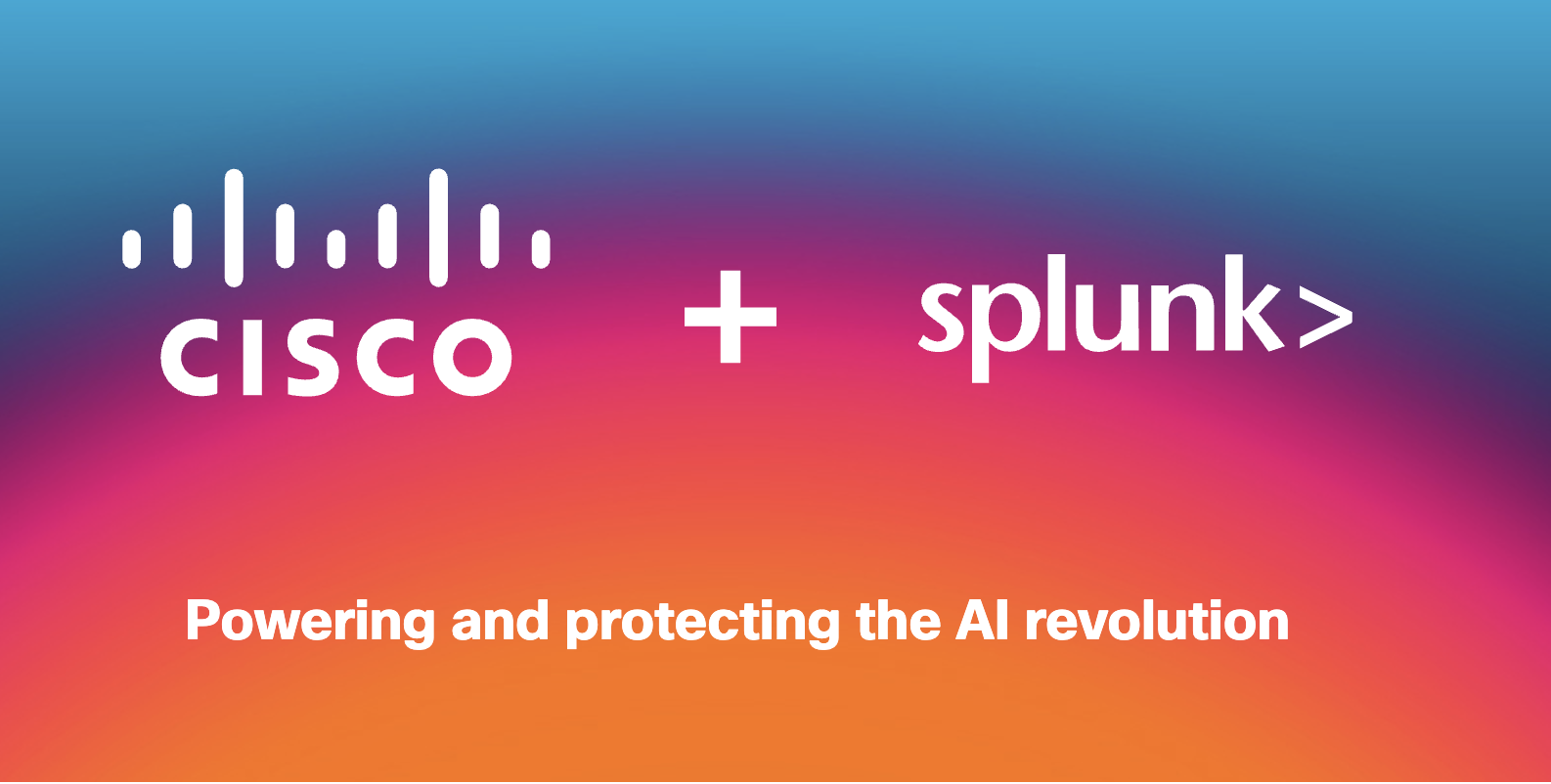Recent earnings releases from observability leaders Dynatrace and Datadog provide a revealing look into the current state of the observability market. The two companies show robust demand for AI-driven observability, significant expansion into enterprise accounts, and a continued push toward platform consolidation.
Let’s look at what their earnings and earnings conference calls tell us about the state of the observability market (we’re staying away from going into each company’s financials, but if you’re interested, you can find Dynatrace’s earnings HERE and Datadog’s HERE).
Key Observability Market Trends
- Increased Demand for AI-Driven Observability
- Dynatrace and Datadog each emphasize AI as a central component in their platforms, enabling real-time monitoring and automated issue resolution at scale. The massive data volumes generated across IT environments cannot be managed manually, making AI a necessity rather than an option.
- Dynatrace’s “power of 3 AI” approach of causal, predictive, and generative AI allows it to offer precise, context-driven insights and incident prevention.
- Similarly, Datadog’s LLM observability products and machine learning integrations provide customers with actionable insights.
- The ongoing shift towards AI-driven observability accentuates the market’s demand for smarter, automated solutions.
- Enterprise-Centric Growth with Strong ARR Expansion
- Both companies report strong growth in Annual Recurring Revenue with increased focus on enterprise customers. Dynatrace’s ARR hit $1.62 billion, up 19% year-over-year, while Datadog’s revenue growth remains solid at 26% year-over-year.
- Enterprise customers drive much of each company’s growth, as they are increasingly standardizing on unified observability platforms.
- Observability vendors prioritize strategic, high-value accounts where observability is critical to business performance, reinforcing that enterprises see observability platforms as indispensable tools.
- Platform Consolidation and Vendor Partnerships
- A growing trend of observability platform consolidation is evident, with enterprises seeking comprehensive, all-in-one solutions. Both Dynatrace and Datadog are expanding beyond traditional monitoring, integrating advanced features like log management, cloud cost management, and digital experience monitoring.
- Partnerships also play a significant role; over 75% of Dynatrace’s anchor deals in its FQ2 involved a partner. This partnership-driven approach allows vendors to deliver more targeted solutions and reach specific verticals or geographies more effectively.
- Digital Transformation and Cloud Migration as Drivers
- The continued movement to the cloud and digital transformation projects underpins the demand for observability. Datadog reported that customers’ usage growth aligns with cloud migration, and federal agencies and financial services are interested in monitoring cloud applications.
- Dynatrace and Datadog’s expansion of cloud-native observability capabilities underscores the market’s response to the needs of cloud-first organizations, especially those deploying complex workloads across multi-cloud environments.
- Innovation as a Differentiator in a Competitive Market
- Both companies emphasize relentless innovation to differentiate themselves. Dynatrace highlighted its new user experience enhancements and expanded log analytics, while Datadog launched features like Datadog OnCall for integrated incident management.
- By continuously investing in new products and functionality, observability vendors are positioned to retain existing customers and attract organizations looking for a modern, unified observability solution.
Analysis
The earnings from Dynatrace and Datadog show several things happening in the observability market:
- AI and Machine Learning as Core Requirements: As observability environments grow increasingly complex, AI becomes essential. Observability vendors that can scale their AI capabilities to provide precise, context-aware insights will have a competitive advantage, especially in large enterprise environments.
- Shift Towards Unified Platforms: Organizations are increasingly looking for consolidated solutions to monitor, log, analyze, and predict issues across their entire tech stack. Observability vendors are moving towards more comprehensive, end-to-end solution stacks.
- Enterprise Segment Focus and Long-Term Contracts: With high ARR growth driven by enterprise customers, observability vendors may continue targeting high-value accounts with multi-year contracts, emphasizing reliable, long-term partnerships over volume.
- Expansion into Government and Regulated Industries: The entry of observability platforms into government and regulated sectors (e.g., finance, and federal agencies) shows a significant opportunity. As digital transformation spreads across regulated industries, compliance and security become additional selling points for observability solutions.
The observability market is evolving from a “nice-to-have” monitoring function to an essential business tool for maintaining operational resilience, customer satisfaction, and a competitive edge.
Both Dynatrace and Datadog are well-positioned with their AI-driven platforms and enterprise focus. Still, their future growth will hinge on continuous innovation, deeper customer engagement, and the ability to scale with the needs of large, cloud-native organizations looking for greater operational efficiency.





